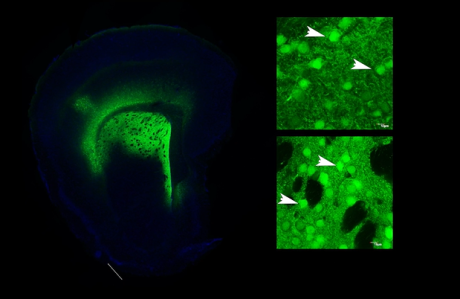Metabolic engineering improves transduction efficiency and downstream vector isolation


A new study in the journal of Metabolic Engineering by IPRD scientists Deirdre McCarthy, Elizabeth Wasson and Pradeep Bhide in collaboration with Miguel C. Santoscoy, Ph.D. and Casey Maguire of Harvard Medical School and Massachusetts General Hospital shows that metabolic engineering by altering the lipid composition of extracellular vesicle-enclosed Adeno Associated Virus (EV-AAV) improves transduction efficiency and downstream vector isolation.
By knocking out key enzymes for lipid synthesis in the 293T producer cells, the lipid profile of EV-AAV was altered to produce lipid modified EV-AAV (mEV-AAV) with >40-fold increase in the ratio of EV-AAV over free AAV in the media of engineered producer cells, 300-fold decrease in free AAV in the media, improved transduction of mEV-AAV over EV-AAV and standard AAV in cultured cells, and robust transduction of neurons upon intracerebral injection in mice.

